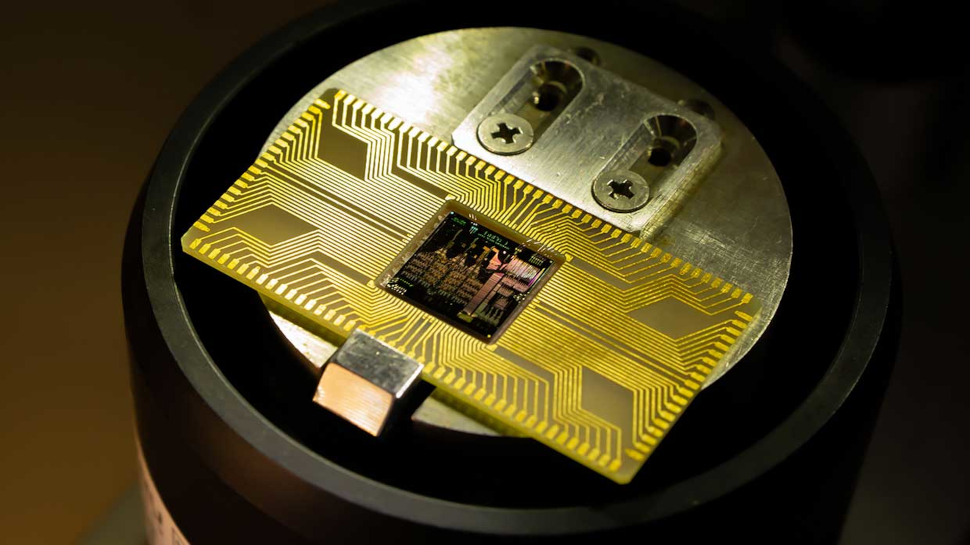This new superconducting microprocessor could mean big things for future data centers
The microprocessor is the first of its kind

A group of Japanese researchers have developed a prototype microprocessor that uses 80 times less energy than its peers.
However, unlike regular semiconductor-based processors, this new prototype, described as the first of its kind, is built using superconductors and has zero electrical resistance.
It is estimated that data centers consume around roughly two percent of the world’s electricity, and the figure is expected to climb to eight percent by 2030. This new energy-efficient microprocessor could help buck that trend and make data centers greener.
- Check out the best cloud storage services on the market
- Here are the best processors for your PC
- Also, here's our list of the best Intel processors
Cold press computing
Superconducting microprocessors aren’t new. However, at present they require ultra-cold temperatures below 10 kelvin (or -263 degrees Celsius).
What’s different about this new prototype processor is that it’s adiabatic, meaning that, in principle, there is no gain or loss of energy from it while it is operational. Dubbed MANA (Monolithic Adiabatic iNtegration Architecture), the new microprocessor according to reports, is the world’s first adiabatic superconductor microprocessor.
The prototype device relies on adiabatic quantum-flux-parametrons (AQFPs), which themselves rely on fast-acting Josephson junction switches that need very little energy to support superconductor electronics. It is reported that the MANA processor consists of more than 20,000 Josephson junctions (or more than 10,000 AQFPs) in total.
The reports also quote Christopher Ayala who is an Associate Professor at the Institute of Advanced Sciences at Yokohama National University, in Japan, and helped develop the new microprocessor, as saying that the microprocessor has been clocked at 2.5 GHz. “We even expect this to increase to 5-10 GHz as we make improvements in our design methodology and our experimental setup,” he adds.
Are you a pro? Subscribe to our newsletter
Sign up to the TechRadar Pro newsletter to get all the top news, opinion, features and guidance your business needs to succeed!
Ayala adds that even after taking into account the cooling overhead required to bring the system down to superconducting temperatures, “the AQFP is still about 80 times more energy-efficient when compared to the state-of-the-art semiconductor electronic device, [such as] 7-nm FinFET, available today.”
- These are the best business laptops on the market
Via: IEEE Spectrum
With almost two decades of writing and reporting on Linux, Mayank Sharma would like everyone to think he’s TechRadar Pro’s expert on the topic. Of course, he’s just as interested in other computing topics, particularly cybersecurity, cloud, containers, and coding.
